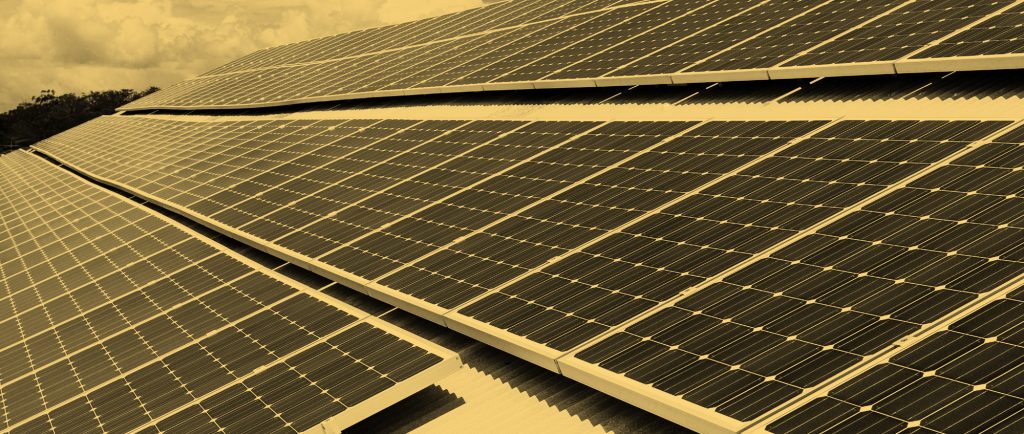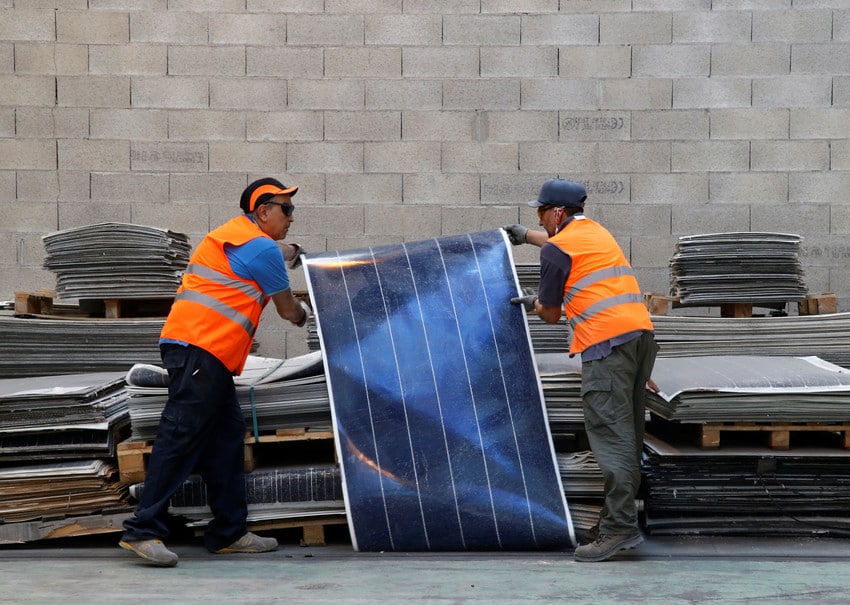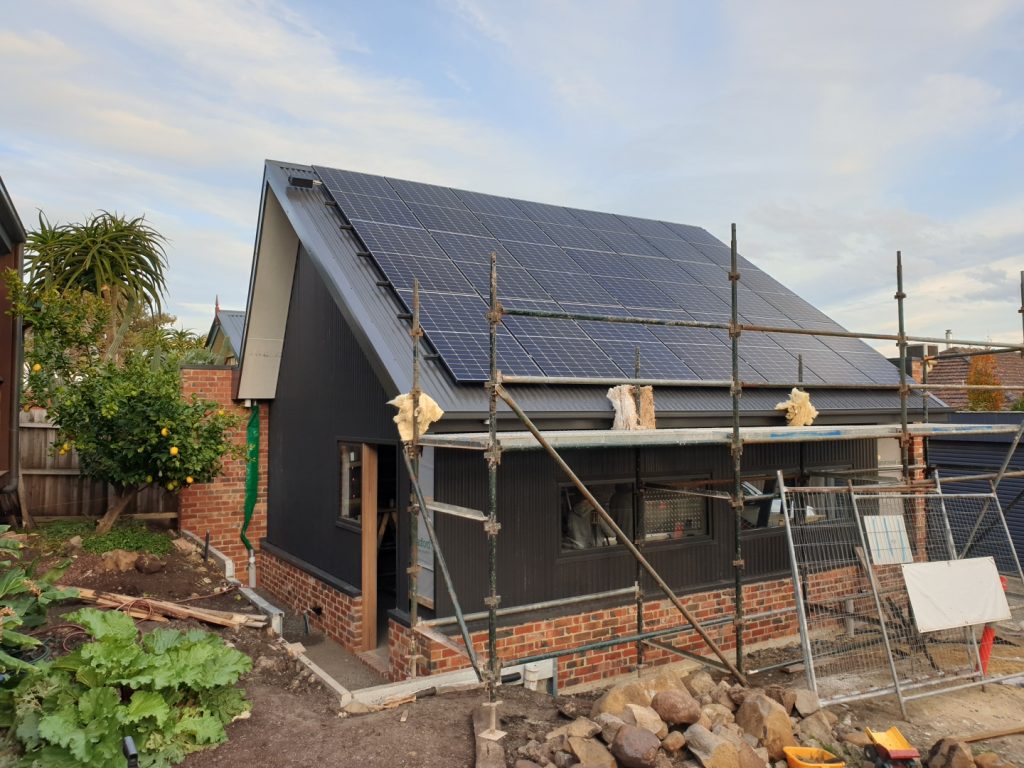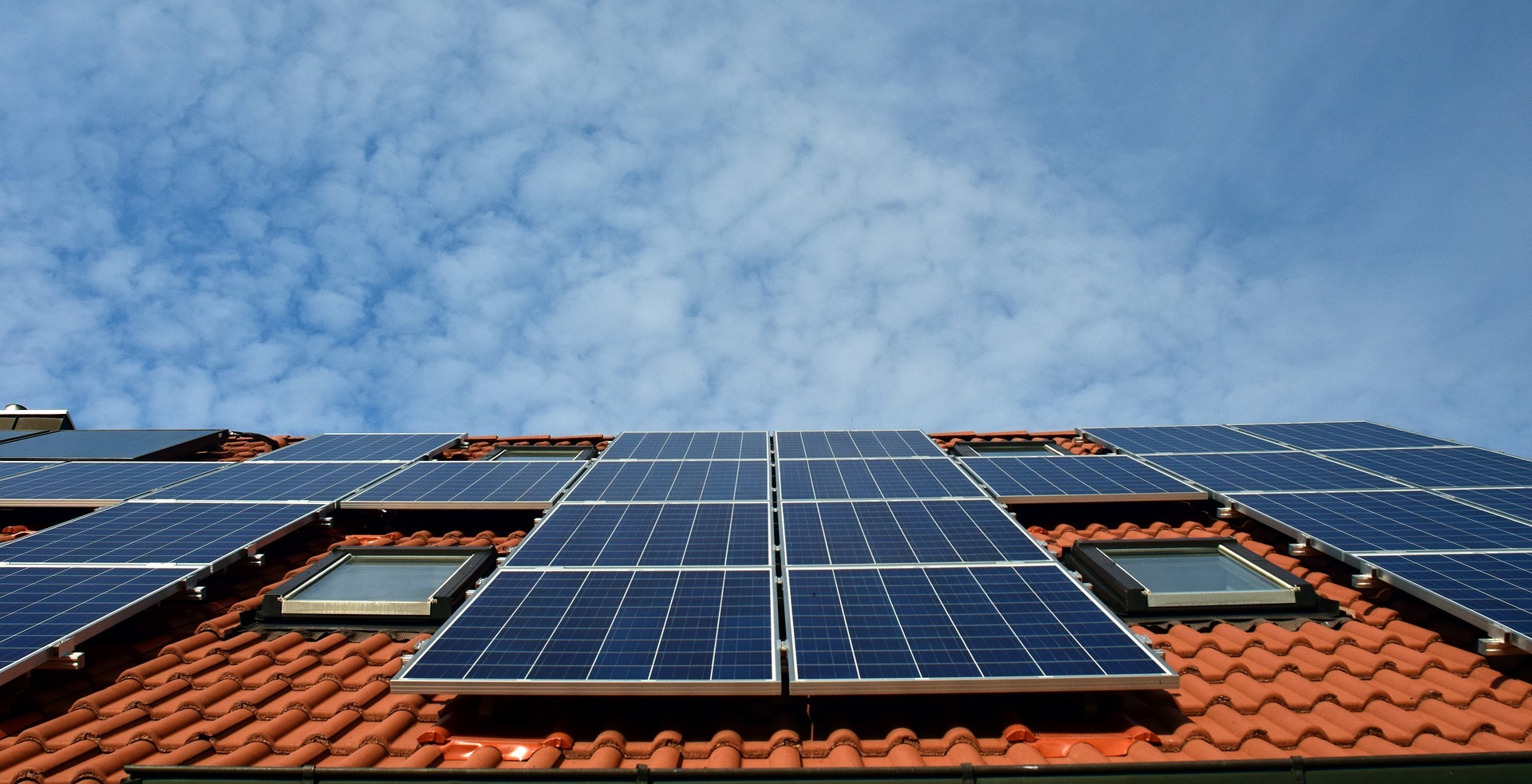
Solar energy has several benefits beyond protecting the natural world. You may cut costs in several different ways by using it. Read on for some tips on cutting back on the power you use and your monthly bill.
Profiting From Unused Power
In some cases, the amount of energy produced by solar panels will exceed the needs of a typical home. These surplus kilowatt hours can be banked for later use thanks to feed-in tariffs. When you gather more electricity than you need, you can’t just keep it in reserve until you use it, unless you already have a rechargeable system in place. As an alternative, it is added to the grid. Useful in that it reduces your monthly electricity costs.
The energy you generate can exceed your needs on Monday, but fall short on Tuesday. On Monday, you unload those energy units and on Tuesday, you buy them again, netting a balance of zero. To put it another way, the system “banks” your energy supply for when you need it.
Contrarily, suppose you have a surplus of energy on both Mondays and Tuesdays. For both days, you’ll receive credits that reduce the total amount you have to pay for your energy service.
Rebates From the State
Small-scale technology certificates provide Australians with a rebate for installing solar panels. You’ll have money in hand, and while it may not be designated specifically for electric bills, it will help.
The size and consistency of government rebates are two different things. If you want to know what’s currently available, contact a solar installation company.
Time of Repayment
At some point in time, the money you save will be more than the cost of the system. This is the point at which you begin making money again. When you first get started with a solar energy system, you’ll need to put some money in it. This will cause you to be “underwater” on your system for a short period of time, though.
You can expect to be done paying for your system in a few years. After that point (barring servicing and repairs), any more solar energy you capture will only result in cost savings. If you constantly send excess energy back into the grid, you can even gain money from it.
Want to instal a solar energy system but don’t want to finance it all at once? Even if it were, it wouldn’t be an issue either. Your solar array system can be purchased and paid for in instalments using any of a variety of available financing options.
Better Utilization of Solar Energy
There is a lot going on in a solar system. There are busy times and slow times, seasons and off-seasons, and so on. Increasing the amount of electricity you save requires first examining your consumption habits. Calculate when you’ll need the most energy and when you can get by without using any.
Your home’s energy needs and the quantity of your solar array will both affect how much electricity your system generates. As a result, it will affect both the energy supply to your home and the amount you may sell back into the grid. A larger solar panel system is preferable if you’re looking to save money. To that end, you’re probably also looking for ways to cut down on the price of installation.
You should know that the cheapest solar system is not always the best option. There is a disparity in the quality of offers. Think about the initial investment needed for a solar power system.
Paying Less for Energy Thanks to Solar
Can solar energy help you save money on your utility bills? Absolutely. Most individuals make the move to solar power because they want to save money on their electricity bills, and once it’s set up, there’s very little maintenance or upkeep involved.
You can sell excess energy to the grid or store it for later use, and at the same time reduce your monthly energy costs. If you want to be completely self-sufficient in terms of energy, you can try to generate everything you need from your solar system and then some, and then buy a power bank to store any extra energy.
You’ll get better results with a larger and less expensive solar system, within limits. Even if they claim to be the “cheapest in the business,” you shouldn’t join up with them if their panels aren’t of high quality.
In What Ways Does Solar Energy Save Money?
Installing a solar energy system is a surefire way to cut costs. The more pertinent query is, “How much?” This section explains how we arrived at that number and discusses some of the relevant aspects.
If you live in Australia, where the sun shines for most of the year, installing a solar energy system on your home can significantly lower your monthly utility bills. Many aspects must be taken into account in order to calculate the potential savings from switching to solar power such as:
- The typical amount of power you use.
- Patterns of use.
- What your rate is for the feed-in tariff.
- How much solar power you plan to instal.
- In which place you currently reside.
The Typical Energy Use of Your Home

The amount of electricity you use can be simply calculated by referring to the bill’s back page. Kilowatt-hours are the unit of measure for your electricity use (kWh). This may be the first thing you need to do to find out how much cash you can save by upgrading to solar power and what kind of system would work best for you.
In most cases, a solar power system with a power output of 5 kilowatts (kW) or more is necessary to meet the energy needs of a large property or a large home.
The typical daily solar electricity output for a 5 kW solar system in Australia is between 18 and 25 kW/h (based on your region). You may find out how much kW/h or units you’re consuming right now by looking at your statement.
Patterns of Use
But if you have a solar bank or some other way to store the energy, any extra power produced by your solar power system during daylight hours will be sent back into the grid. The power you send out will be credited to your account with your energy provider.
Your home will always prioritise the clean electricity produced by your solar power system over electricity from the grid. Your home will switch to using electricity from the grid if the amount of electricity it consumes exceeds the amount it can generate with its solar energy system.
What Your Rate Is for the Feed-in Tariff
An 8 cents per kilowatt-hour charge is typically offered by energy companies to consumers who agree to feed excess solar powered electricity back to the grid.
If you aren’t sure what tariff rates are currently being offered by your power company, it’s advisable to call and ask, and it’s also a good idea to shop around for the best rates if possible. Make absolutely sure you have the appropriate numbers before you start figuring your savings, as feed-in tariffs might differ from state to state as well.
How Much Solar Power You Plan to Instal
Comparing a smaller, 2 kilowatt solar energy system to a larger, 5 kilowatt system, the latter will generate much more power.
The amount of cash you save from switching to solar power depends heavily on the size of your solar energy system. Selecting a system with a sizeable enough capacity to meet your power needs, shorten your payback period, and maximise your return on investment is crucial.
However, if you create a system that is too large, you will have excess energy that must be sent back into the electric grid. With the recent reduction in feed-in tariffs, the money you get from selling excess electricity back to your utility company will barely cover your monthly electricity bill.
The key to cost savings is locating a system that works with your home’s square footage and personal use patterns.
Which Place You Currently Reside
When compared to other continents, Australia receives the most radiation from the sun per square metre. Therefore, we have enormous potential for making use of solar energy.
Energy output from your solar energy system, and hence your potential savings, is highly dependent on your geographic location. For instance, a solar power system constructed in Queensland will produce more renewable energy than the same system in Melbourne.
That is to say, although a 2 kilowatt (kW) system may be sufficient in an area with high levels of solar energy, a 3 kW unit may be required in an area with lower levels of solar radiation to get the same results.
Solar Has Benefits Beyond Lowering Electric Bills
Minimal Upkeep Costs
Solar panels require almost no upkeep. The only real upkeep they need is an annual cleaning and checkup. You won’t have to spend much on repairs or maintenance over the course of their 25-year lifespan.
Good Monetary Return
When compared to the cost of conventional electricity, which doesn’t change, the savings from switching to solar power quickly build up and make the initial investment in the system worthwhile.
Gold Coast residents get about 300 sunny days per year, whereas Brisbane residents enjoy about 283. Taking use of this no-cost source of power is only logical.
Solar payback is the amount of time it takes before you recoup your initial investment in a solar energy system through savings on your monthly electricity bill. If you save $2,000 per year on your electric bill and the system costs $10,000 to build, your payback period will be 5 years. Between four and six years is the typical payback period for a solar energy installation.
When considering solar energy, it’s important to consider a number of variables, including:
- The magnitude of the solar array.
- Location.
- Energy provider.
- Power consumption.
- Efficient use of energy.
- The time of day when sunlight is at its brightest where you live.
Reliable, Green Power
Solar power is a sustainable and limitless supply of eco-friendly energy. Relying less on finite resources like coal, oil, and natural gas is one of the many benefits of upgrading to solar power. Reduced carbon dioxide emissions are another perk of solar energy. The world will be a better place for future generations if we all make the decision to instal solar panels.
For every kilowatt-hour of power generated, one kilogramme of carbon dioxide is released into the earth’s atmosphere through the combustion of fossil fuels. In 2019, conventional power generation was responsible for 178.5 Mt of CO2 emissions, or 33% of the total. To put it in perspective, a solar energy system with 6.6 kilowatts of power can prevent about 10.6 metric tonnes of co2 emissions. And almost 250 tonnes of glasshouse gas emissions can be avoided over its 25-year lifespan.
Incentives-Based Funding
Financial incentives (in the presence of Small Technology Certificates) are offered by the Australian as well as State governments to encourage the implementation of renewable energy systems, which helps to reduce the overall cost of installation. With the acquisition of a qualified system, purchasers are given STCs. The number of total STCs you are eligible for is based on the complexity of your systems and your geographical location.
STCs, in a nutshell, aid in the acquisition of a refund for a brand-new solar PV installation.
Property Value Increases

It seems to be the reason that a home with solar panels installed could attract more buyers in Australia, given the general public’s favourable perception of solar power. Installing solar panels on your rooftop is a surefire way to increase your home’s resale value and make it more appealing to potential buyers. Solar panels are an investment in one’s home’s energy future, therefore homeowners should budget accordingly.
Reduce your electricity consumption and costs with solar energy. You can save any extra solar power produced by feed-in tariffs for later use. There is a rebate available for installing solar panels thanks to small-scale technology certificates, but larger rebates may be available if you ask. Saving money on monthly electricity costs is the primary motivation for most people who switch to solar power. Little in the way of upkeep or maintenance is required once it is set up.
Your monthly energy bills can be lowered by selling any excess energy to the grid or storing it for later use. Utility costs can be reduced by as much as 90% by switching to solar power in Australia. When estimating cost savings from making the switch to solar energy, many factors must be considered. Typical daily electricity consumption and planned solar power installation are two such factors. Savings from going solar are highly proportional to the size of your solar energy system.
You should choose a system with a large enough capacity to supply your energy demands, reduce your payback time, and maximise your return on investment. The payback period for a solar energy system is the length of time it takes to recoup the cost of the system through savings on electricity costs. In most cases, the return on investment for a solar photovoltaic (PV) system is between four and six years.
